I need help with…
Identity
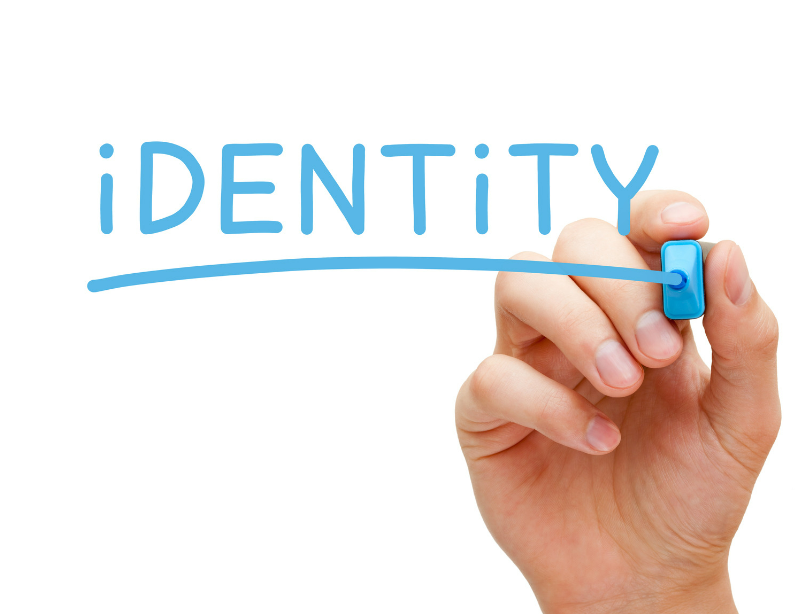
What is identity?
Your identity is the unique things about you that make you, you. Identity can mean different things to different people. It might be about your social circle, ethnicity, sexuality, gender, where you live, what music you listen to, religion or just feeling like you don’t fit in. Simply put – your identity is ‘who you are’.
However, being ‘who you are’ can sometimes feel really confusing and this might cause you to feel lonely or isolated. It’s easy to think that everyone else knows exactly who they are and feels like they fit in but even the most talented and successful people sometimes feel different and unsure. If you chat to your friends and family, you’ll find that most people feel different in some way at some point in their lives, especially while growing up.
Some things you can do to help:
- Talk to a trusted adult or friends about how you are feeling.
- Join an activity or group hobby that you like. Sometimes being part of a group can help because you are spending time with like-minded people where you can make friends. Always research the activity first to ensure a trusted adult has confirmed it’s safe before attending.
- Talk to a professional about how you feel, it can sometimes be easier to speak to someone not in your social circle or family as they can provide impartial advice and support.
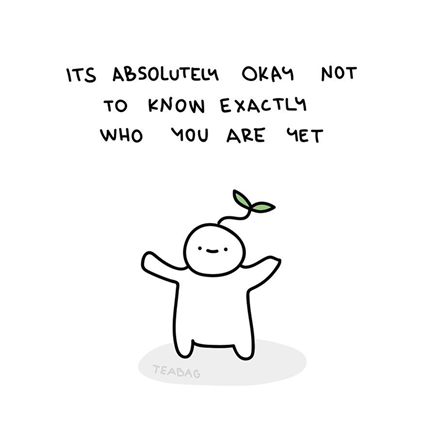
Discrimination
There are three types of discrimination: direct discrimination, indirect discrimination and discrimination based on disability. Find out more about the different types of discrimination.
It is important to understand that just because you have a disability, have experienced racism or are part of the LGBTQ+ community, does not mean you will definitely experience a mental health condition. The experiences you have of being treated differently from others can negatively impact your emotional health and wellbeing which can sometimes lead to a mental health problem. It is important that you understand your rights are protected by law.
Your right to be you is protected by law
You might have heard of Protected Characteristics, these are:
- age
- gender reassignment
- being married or in a civil partnership
- being pregnant or on maternity leave
- disability
- race including colour, nationality, ethnic or national origin
- religion or belief
- sex
- sexual orientation
The Equality Act 2010 is a law that protects people with protected characteristics from discrimination (i.e. being treated unfairly for being different).
Here’s a list of different issues that young people sometimes have questions or concerns about, and some helpful websites where you can find out more.
Race and racism
What is race?
Race can mean a person’s colour, nationality, ethnicity or citizenship and it’s a protected characteristic in law under the Equality Act 2010.
It is important to recognise and celebrate the beauty of all races, including your own. It is useful to learn about more about your own identity and what makes you, you. It might mean learning more about your family tree or embracing aspects of your culture through storytelling, food, dance, and music. The world is made up of so many diverse identities and we grow together by better understanding the beauty of ourselves and others.
What is racism?
Racial discrimination or racism is when someone is treated differently because of their race, ethnicity, nationality, or colour. It is illegal to discriminate or treat someone differently because of their race.
Racism can include:
- being called racist names or being sent insulting messages or threats
- having your belongings damaged or having to see racist graffiti
- personal attacks, including violence or assault
- being left out, treated differently or excluded
- people making assumptions about you because of your colour, race or culture
- being made to feel like you have to change how you look
- racist jokes, including jokes about your colour, nationality race or culture.
Racism can make you feel like you’re not important or don’t fit in. You might feel upset, depressed or angry. It might make you feel like you want to change the way you look or act and feel ashamed of your identity. Racism can have a negative impact on your mental health and wellbeing due to the prejudice of others.
If you are experiencing racism, it is important you talk to a trusted adult for support. Take a look at these useful links:
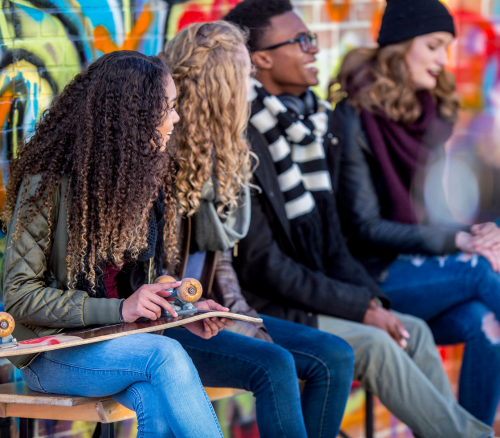
Disability and Special Educational Needs (SEND)
Having an ‘Identity’ can provide a sense of belonging. Often identity can come from relating to people who you have things in common with, or you feel similar to. A disability or a special education need can affect your sense of identity as you may feel ‘different’ or believe that is how you are viewed by others.
It is also important to recognise hidden disabilities. For example, someone might have sensory loss, autism or long-term conditions such as diabetes. Disabled and non-disabled people have the right to be respected and feel included. A person with a hidden disability might need the noise or light levels to be considered, be given more time to do something or take more breaks. Or they might need others to think carefully about how they communicate and describe things.
You may have always been aware of your disability or it may have become more apparent to you later on in your childhood or teenage years, but it is important to remember that every single person is different and has something which makes them unique. Feeling like an ‘outsider’ may be a feeling you can relate to, and often other people have views based on unhelpful stereotypes which can lead to misconceptions and even bullying which can have consequences on mental health.
This treatment can in turn lead to an effect on an individual’s identity and consequently their mental health. A young person with a special educational need is likely to be disproportionately affected by mental health conditions, therefore it is important to know who you are and how your disability affects you with regards to your strengths as well as areas with which you may need more support.
Often individuals cope by masking symptoms and pretending to be someone they are not, but it can be exhausting and where you may find that you are at odds with your true identity. Being your authentic and wonderful self will provide relief and the friendships which will ensue will be meaningful and true.
Take a look at these helpful links:
Living with a disability | Childline
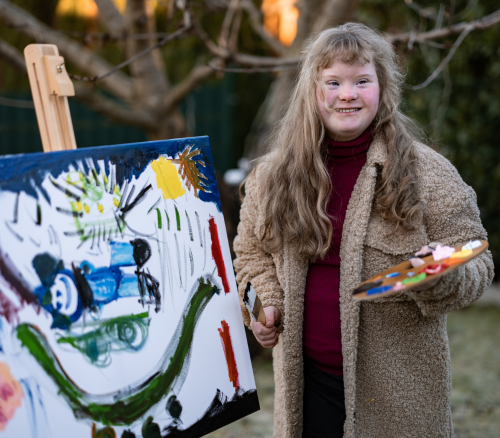
LGBTQ+
Sexual orientation and gender expression are an important part of a young person’s identity. Some of us may be unsure of our sexual orientation/gender identity where others have been clear about it from a young age. Sometimes it can be confusing, but expressing and exploring gender identity is a normal part of development.
Talking about it with someone you trust can be a big help, sometimes just sharing with one person you are comfortable with can feel reassuring.
Knowing ourselves and having a strong sense of identity provides us with a sense of self. Being part of a group of peers in the LGBTQ+ community and being accepted by them is important for your mental wellbeing.
Take a look at these links for more support and advice:
Sexuality | relationships | Health for teens
Sexual and gender identity | Childline
Resources – Nottingham Together, Let’s Talk!
Get Help Now!
Here are a list of services that can help. The icons below tell you the type of support available.
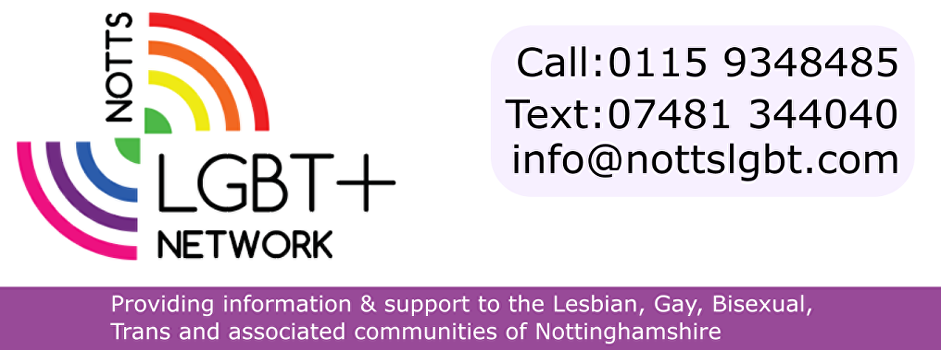
Notts LGBT+ Network
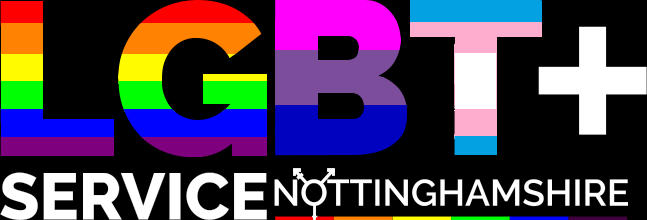
The LGBT+ Service Nottinhamshire

Black Friends
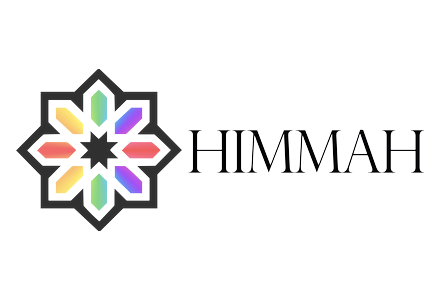
Himmah
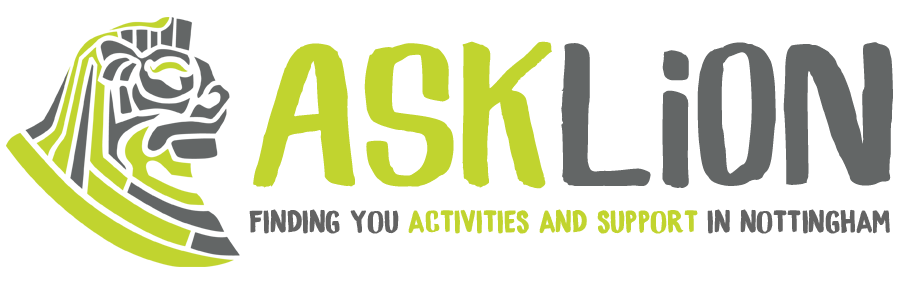
Ask Lion
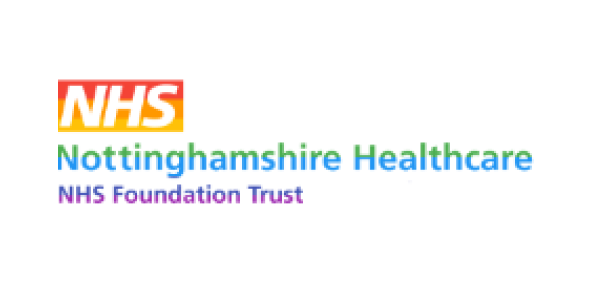
CAMHS Head 2 Head Team - Psychosis

Notts Help Yourself
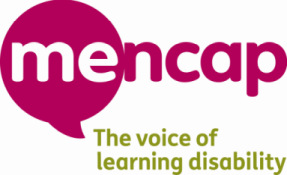
Mencap

Relate Nottingham

APTCOO
Which services can I access?
Some of the services available operate only within city or the wider county area. Pop your postcode in below to quickly check which services are available to you
Related topics
-
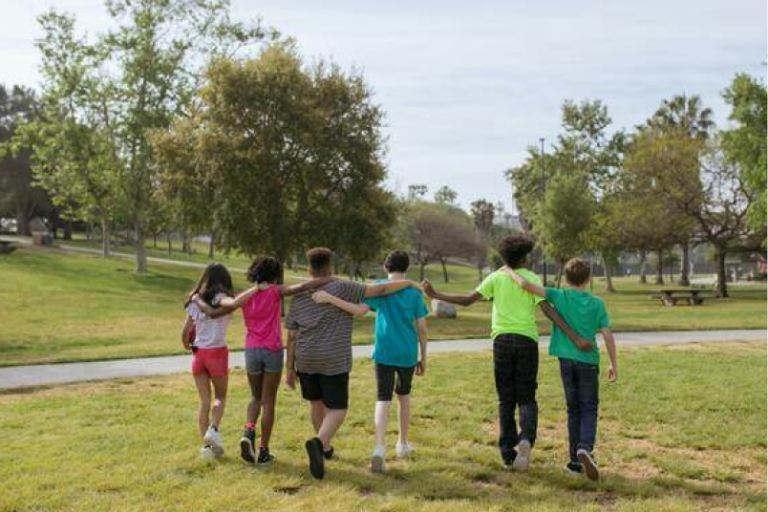
Bullying
Bullying is repeated behaviour intended to hurt someone emotionally or physically. Bullying is often aimed at certain people because of their race, religion, gender or sexual orientation or any other aspect such as appearance or disability.
-
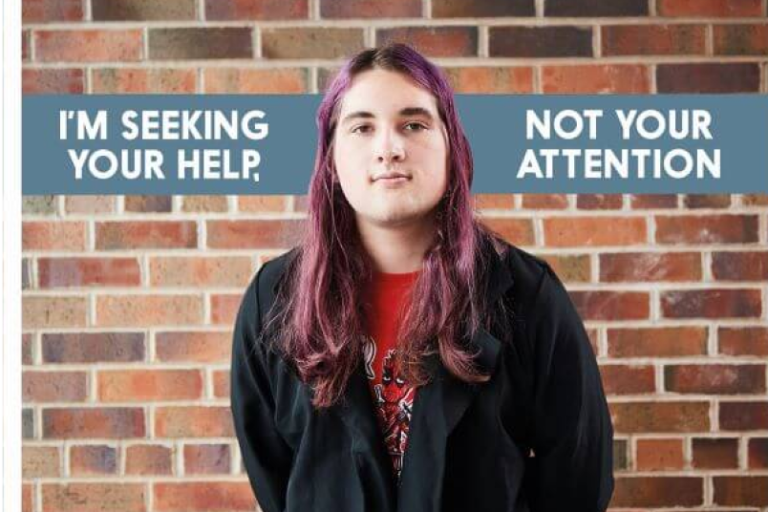
Self Harm
Self-harm, or self-injury, describes a wide range of things people deliberately do to themselves that appear to cause some kind of physical hurt. It can be very hard for parents and carers to know about – or witness – self-harming behaviour in their children.
-
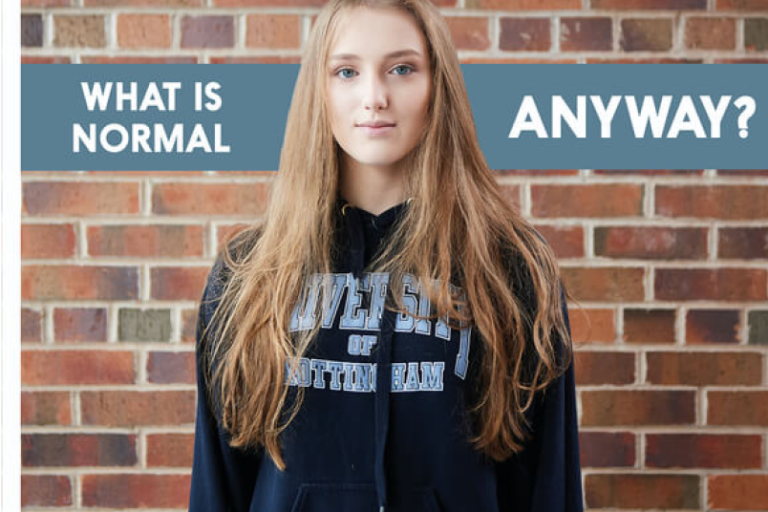
Self-Care for Mental Health
Just like our physical fitness, we need to look after our mental health to feel good. When you’re not feeling OK, it’s OK to talk about this and ask for help.
-

Self-esteem and Body Image
Body image is how we think and feel about ourselves physically, and how we believe others see us. There are lots of different ways we can think about our bodies and the way we look. For example, sometimes you might like parts of your body and be happy with how you look.